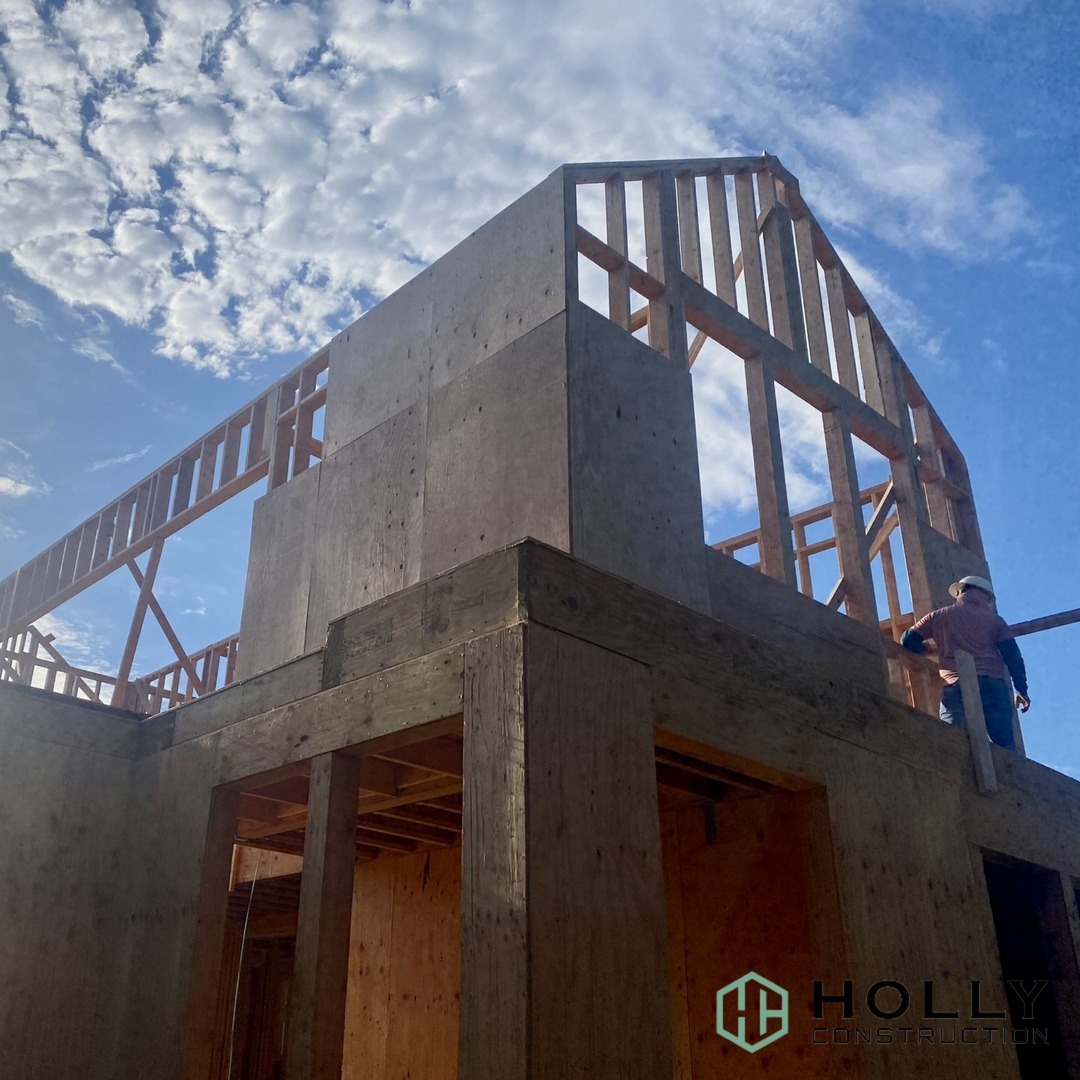Prepping for Your Design Build Construction Project

Embarking on a design-build construction project can be an exhilarating yet daunting endeavor. It requires careful planning, a clear vision, and a collaborative spirit. This blog post aims to guide you through the crucial steps of preparing for your project, ensuring a smooth and efficient process.
From assembling the right team and setting realistic goals to understanding budget constraints and navigating the regulatory landscape, we’ll cover essential aspects to consider. Whether you’re a seasoned developer or a first-time builder, these insights will empower you to confidently manage your project, turning your dream design into a tangible, successful reality.
If you need guidance and support on this journey, design build companies near me in Napa, such as Holly Construction, can manage your construction project effectively, ensuring all objectives are achieved. Reach out today to learn more.
Understanding Design-Build Construction
Design-build construction represents a streamlined approach to building projects, where both the design and construction phases are managed by a single entity, typically a contractor or a design-build firm.
This method stands in contrast to traditional construction methods, such as design-bid-build, where the design and construction services are split between different entities. The primary advantage of design-build is its inherent efficiency. Incorporating both design and construction services into one often leads to faster project completion, reduced costs, and a more cohesive end result.
However, this approach also brings challenges, such as finding a firm with the right blend of architectural creativity and construction expertise. Additionally, because a single entity handles all aspects of the project, there’s a higher reliance on their specific expertise and vision, which requires a strong level of trust. Despite these challenges, design-build is increasingly popular for its streamlined communication, quicker project turnaround, and potential for cost savings.
Assembling Your Team
The cornerstone of a successful design-build project lies in assembling a team of skilled professionals. This team typically includes architects, contractors, and designers, each playing a pivotal role.
Architects bring your vision to life, focusing on design and aesthetics, while contractors handle the construction, ensuring practical execution. Designers often bridge these two areas, focusing on both functionality and style.
Choosing the right team involves diligent research, reviewing portfolios, and seeking recommendations. When selecting a design-build firm in Napa, prioritize one that aligns with your vision and demonstrates clear communication, a strong portfolio, and positive client testimonials. A harmonious collaboration among these professionals is key to the seamless realization of your project.
Setting Clear Goals and Objectives
Having a clear vision is essential in guiding a design-build project towards success. Begin by defining specific goals and objectives that encompass aesthetic appeal, functional needs, and sustainability considerations. This involves detailed discussions about your preferences in design, the purpose of the structure, and how it should interact with its environment.
A well-defined objective should balance the visual appeal with practical utility, ensuring that the building is not only attractive but also meets operational requirements.
Additionally, incorporating sustainable practices and materials can significantly enhance the project’s long-term value and environmental impact. Clear, well-rounded goals set the foundation for a cohesive and successful project.
Budget Planning and Management
Effective budget planning is crucial in a design-build project. Start by estimating costs realistically, considering all aspects like materials, labor, design, and contingencies. To manage your budget effectively, prioritize needs over wants, and stay informed about material choices and their cost implications.
It’s also vital to prepare for unexpected expenses; setting aside a contingency fund (typically 10-20% of the total budget) can cushion the impact of unforeseen costs or overruns.
Regularly review and adjust your budget with your team, ensuring transparency and avoiding financial surprises. This proactive approach to financial planning helps maintain control over project costs and ensures financial stability throughout the construction process.
Understanding Legal and Regulatory Requirements
Navigating legal and regulatory frameworks is a critical component of any design-build project. Understanding and adhering to local laws and building codes is essential to ensure that your project complies with all legal requirements.
This includes obtaining the necessary permits and approvals before commencing work, a process that can vary significantly depending on the project’s location and scope. Additionally, strict adherence to safety and compliance standards is not only a legal obligation but also a crucial aspect of responsible construction practice.
Failure to comply can lead to costly delays, legal penalties, and safety hazards, underscoring the importance of thorough and proactive legal planning.
Effective Communication and Collaboration
Effective communication and collaboration are vital in ensuring the success of a design-build project. Establishing a strong, transparent relationship is key.
Regular meetings and consistent updates foster a collaborative environment, ensuring all parties are aligned with the project’s progress and expectations. These interactions also provide opportunities to address concerns, make informed decisions, and adapt to changes seamlessly.
Timeline Planning and Project Management
Effective timeline planning and project management are crucial for the smooth execution of a design-build project. Setting realistic timelines involves understanding the various phases of construction, from initial design to final completion, and allocating sufficient time for each stage.
Utilize project management tools and techniques such as Gantt charts or specialized software to track progress and deadlines. This helps in identifying potential delays early and adjusting schedules accordingly. Breaking down the project into distinct phases allows for more manageable and focused planning, ensuring that each part of the process receives the attention it requires for timely and successful completion.
Final Thoughts and Tips for Success
As we conclude, remember the key steps in preparing for a design-build project: assembling the right team, setting clear goals, meticulous budget planning, understanding legalities, and effective communication and project management.
Success hinges on thorough preparation and active involvement. Embrace flexibility, as unexpected challenges may arise. Keep open lines of communication with your team and stay engaged throughout the process.
Trust in the expertise of your professionals, but also let your vision guide their efforts. Most importantly, enjoy the journey of seeing your vision materialize. The process of creating something tangible and functional can be as rewarding as the final outcome itself.
Holly Construction is a leading design building company near me in Napa. Whether you want to build a custom home, a winery, or even a hospital, our team can manage your project flawlessly. To talk to a design build expert, call 707-541-0700.

President, Holly Construction, Inc.
Justin Hunter is President of Holly Construction, Inc., a Santa Rosa based general contractor serving Sonoma, Marin, and the North Bay. He joined the firm after a business development management role at an industrial engineering company and advanced to President in 2019. Justin leads business development, preconstruction, marketing, client liaison, selections oversight, budgeting, and billing. He is known for coordinating the many details of complex residential and specialty commercial builds to keep projects focused and on track.
- Posted On January 13, 2024
